The Ernst Gehrcke Papers
Contents:
 Gehrcke Newspaper Article Collection - an unusual source for the history of science
Gehrcke Newspaper Article Collection - an unusual source for the history of science
Gehrcke aimed to reveal the theory of relativity as a "suggestion to the masses" introduced by propaganda in the daily newspapers. The newspaper article collection is the material upon which Gehrcke based his booklet Die Massensuggestion der Relativitätstheorie (1924). The article collection is made up of twenty-one folders, eight of which were lost during the war. The collection contains altogether about 3000 articles.
To acquire the articles, Gehrcke subscribed to clipping services that sent him all articles containing the keywords "Einstein" or "relativity." Although these clipping services were very representative, they did not present every single newspaper. Other articles from the Gehrcke collection were sent from friends. Since most research on the reception of relativity in the press has so far focused on articles appearing in the major newspapers, the Gehrcke collection emerges as an unusual source due to its extraordinary richness of articles, which also came from small and regional newspapers.
Thus the Gehrcke material can be used for research on a broad array of questions, in particular concerning the way in which a scientific theory can enter the public sphere either by triggering political debates or by becoming a topos of everyday thinking.
To acquire the articles, Gehrcke subscribed to clipping services that sent him all articles containing the keywords "Einstein" or "relativity." Although these clipping services were very representative, they did not present every single newspaper. Other articles from the Gehrcke collection were sent from friends. Since most research on the reception of relativity in the press has so far focused on articles appearing in the major newspapers, the Gehrcke collection emerges as an unusual source due to its extraordinary richness of articles, which also came from small and regional newspapers.
Thus the Gehrcke material can be used for research on a broad array of questions, in particular concerning the way in which a scientific theory can enter the public sphere either by triggering political debates or by becoming a topos of everyday thinking.
 Gehrcke Newspaper Article Collection - an unusual source for the history of science
Gehrcke Newspaper Article Collection - an unusual source for the history of science top
top
